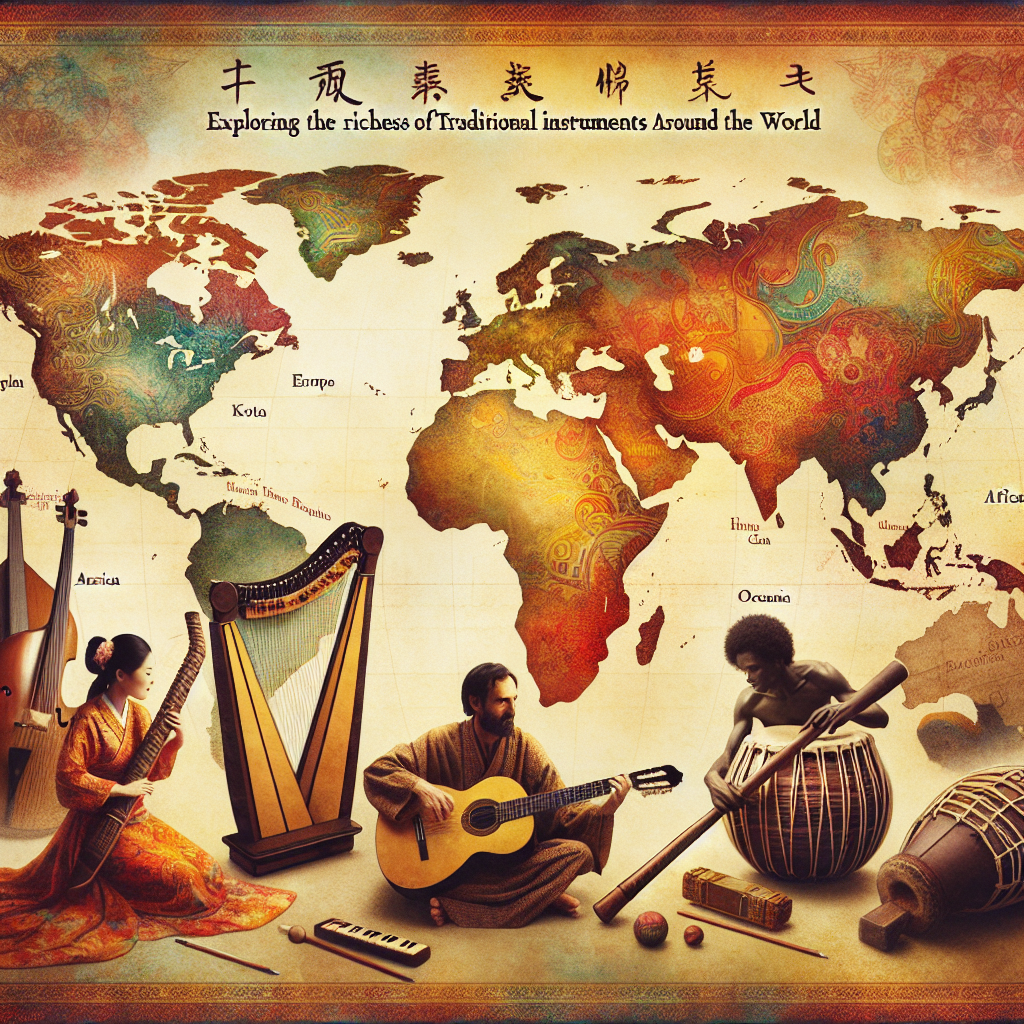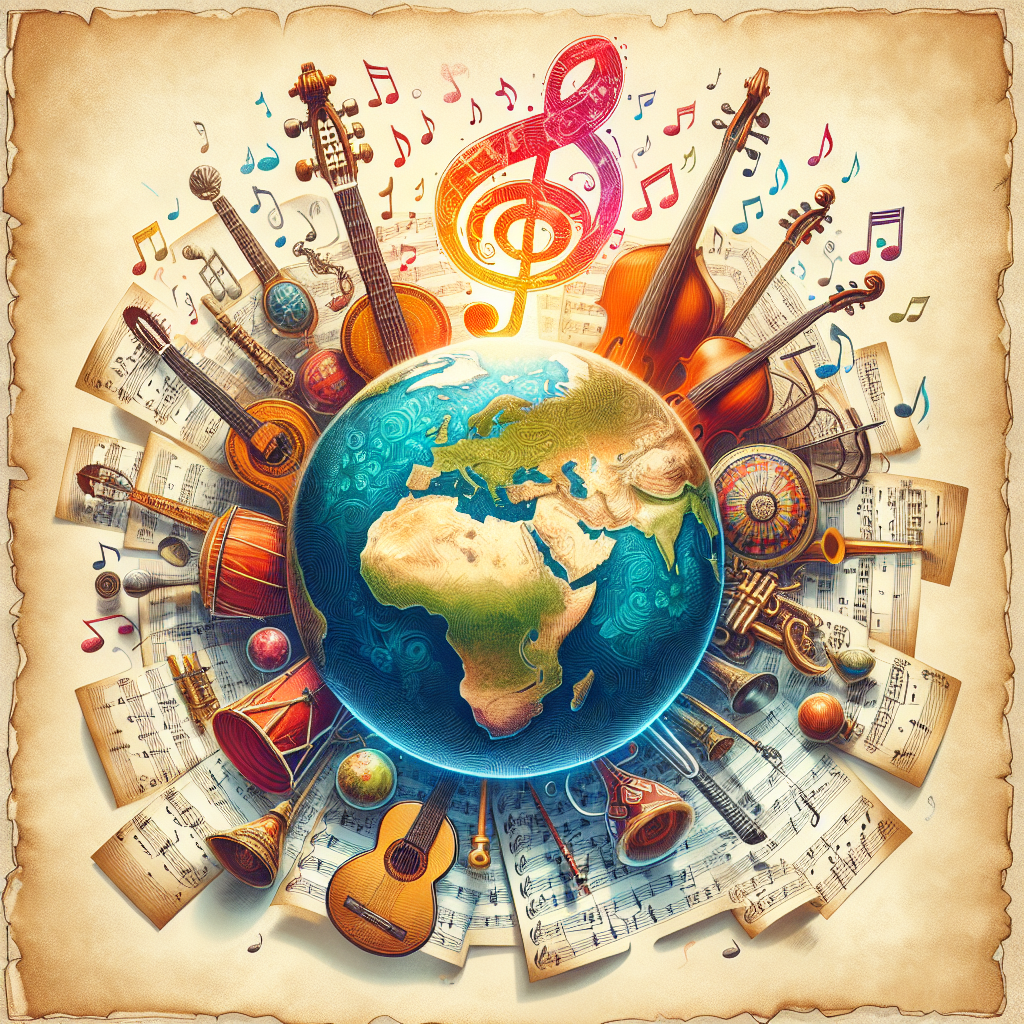Rhythm and Blues, commonly termed as R&B, represents a style of music that blends Jazz, Gospel, and Blues. An integral part of this genre is the ballad story-telling format, which employs slow tempo to narrate emotional situations. This narrative has been a staple in the music industry, allowing artists to express their creativity and expose their vocal prowess. This article seeks to delve into an in-depth analysis of R&B ballads.
Origins of Rhythm and Blues
The birth of R&B can be traced back to the 1940s in African American communities. However, it wasn’t until the end of World War II that it began to gain prominence. African American singers found in Rhythm and Blues an opportunity to express their daily experiences, emotions, and aspirations. This genre not only became a canvas for expressing their reality but also a driver for social change, reflecting fundamental shifts in post-war society.
The Ballad Feature in R&B
The ballad structure, predominant in R&B, relates to narrating stories via songs. The stories revolve around themes such as love, heartbreak, and personal experiences. Rhythm and Blues ballads employ a melodious, slow tempo that complements the emotional intensity of the lyrics. Artists such as Aretha Franklin, Marvin Gaye, and Otis Redding have crafted memorable R&B ballads, demonstrating their ability to balance rhythm and storytelling to deliver a powerful emotional impact.
Exploring Rhythm in R&B Ballads
Rhythm organizes musical time into patterns of sound and silence, defining the pacing of songs. In R&B ballads, rhythm plays a critical role in setting up the mood and expressing the emotional content. The rhythm is often slow, reflecting the sentimental aspects of the lyrics, resulting in a pattern that lingers on the listener’s mind. It is the interplay of rhythm and the beat that bespeaks the essence of R&B ballads.
The Blues in R&B
The “Blues” in Rhythm & Blues represents more than a genre; it alleges an emotion. Many R&B ballads draw heavily from the blues tradition, employing its trademark intensity and emotional depth. The expressive qualities inherent in blues music lend R&B ballads a tangible sense of reality and emotional authenticity, forging a deeper connection with listeners.
Conclusion
Rhythm and Blues ballads are a testament to the power of music, resounding narratives spun around a central theme. These ballads, laden with the immersive rhythm and raw emotion, pluck at the hearts of its audience, making them feel each note, every lyric, and the underlying stories they tell. As we lose ourselves in the rhythm, absorbed by the Blues’ melancholy, we acknowledge the depth R&B brings to the music industry.
FAQs
-
What defines an R&B ballad?
An R&B ballad is characterized by its slower tempo, emotional emphasis, narrative lyrics, and the blending of rhythm and blues elements.
-
Who are some iconic R&B ballad artists?
Artists like Aretha Franklin, Marvin Gaye, Otis Redding, Stevie Wonder, and Ray Charles are legendary figures in the R&B ballad genre.
-
What role does rhythm play in an R&B ballad?
Rhythm in an R&B ballad dictates the pace of the music, conveying emotions and setting the mood of the story being narrated.
-
What themes are common in an R&B ballad?
An R&B ballad often explores themes such as love, heartbreak, or personal experiences, drawing heavily from the historical blues tradition.
-
How has the R&B ballad influenced the music industry?
The R&B ballad has played a significant role in the music industry, influencing other genres, such as pop, rock, and soul. It has also been instrumental in bringing African American music to mainstream audiences.




